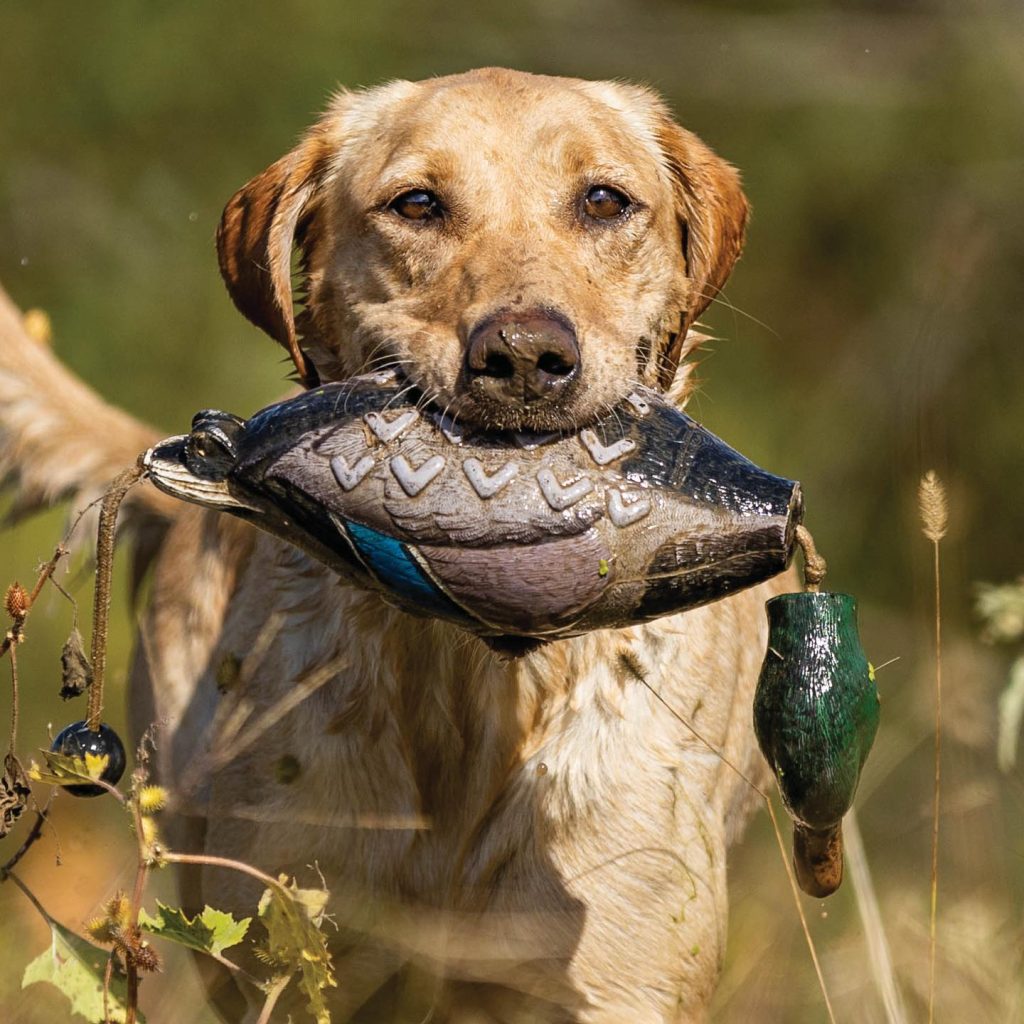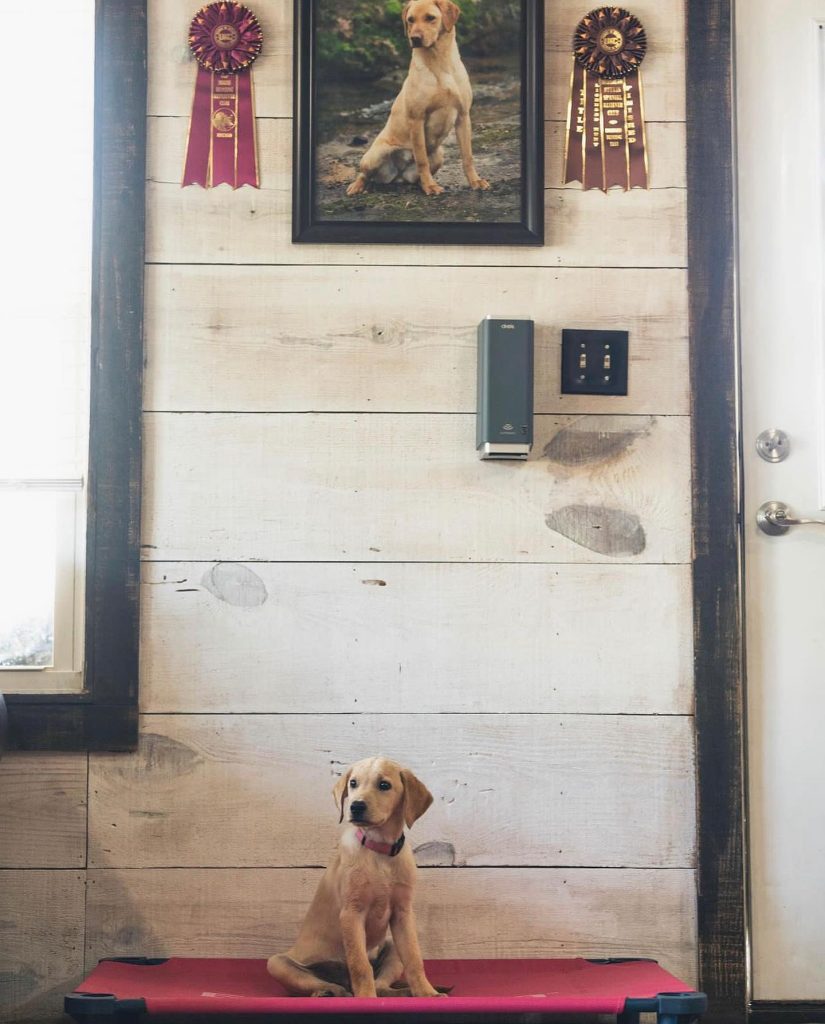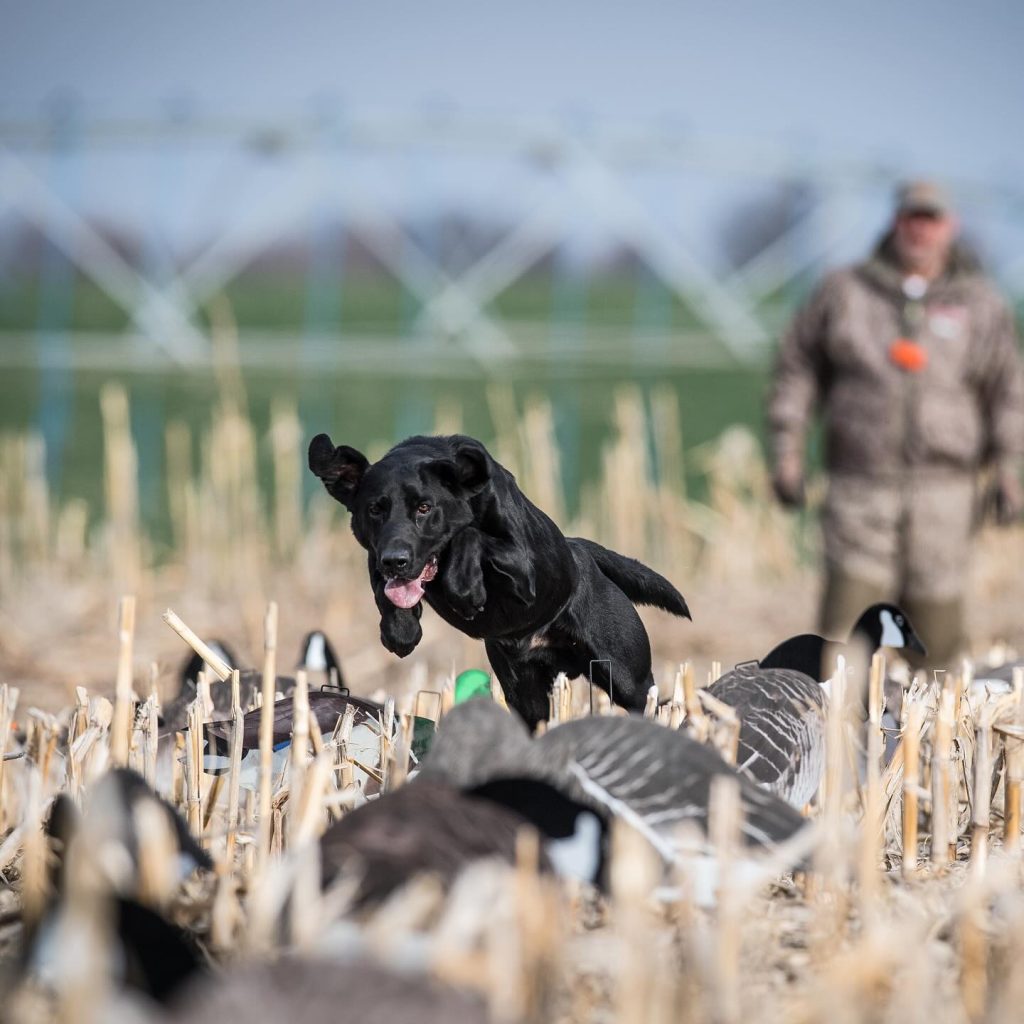
Introduction to Dog Agility Training
Dog agility training is a dynamic sport that offers a fun and engaging way for dogs and their owners to bond, exercise, and learn together. It’s a multifaceted activity combining physical skill with mental sharpness, creating an enriching experience for the dog and the handler.
What is Dog Agility Training?
Agility training involves navigating a dog through obstacles like jumps, tunnels, and weave poles. It’s not just about physical prowess; agility is also about precision, speed, and harmonious communication between the dog and its handler. Originating as a spectator sport at dog shows, it has evolved into a popular competitive and recreational activity suited for various breeds and sizes of dogs.
The Benefits of Agility Training for Dogs
Agility training offers a multifaceted approach to a dog’s physical and mental health. It’s not only an excellent way to exercise but also a means to enhance the bond between dog and owner. Agility challenges dogs physically and mentally, making it an ideal activity for energetic and curious canines.
Agility for High-Energy and Boredom-Prone Dogs
For high-energy dogs, agility training allows them to expend their excess energy in a structured and rewarding way. It can significantly reduce boredom-related behaviors, such as destructive chewing or excessive barking. This training engages a dog’s mind and body, promoting a more balanced and content demeanor.
Moreover, agility strengthens the bond between the dog and its handler, fostering trust and understanding. It improves a dog’s obedience and responsiveness, improving overall behavior. The physical challenges of agility, like navigating various obstacles, enhance a dog’s coordination and fitness, contributing to their overall well-being.
Assessing Your Dog’s Suitability for Agility Training

Before diving into agility training, assessing whether it’s a suitable activity for your dog is crucial. While many dogs can enjoy and benefit from agility training, it could be better for some. Here are some key factors to consider:
- Health and Physical Condition: Agility is a physically demanding sport. Ensure your dog is in good health and has no underlying conditions that could be exacerbated by vigorous exercise. This includes checking for joint issues, heart conditions, and overall fitness levels.
- Age: While puppies can start learning basic agility commands, their growing bodies are not ready for the physical demands of complete agility courses. Similarly, older dogs might find the physicality of agility training too challenging. It’s best to start agility training when a dog is physically mature but still young enough to handle the rigors.
- Temperament: Dogs that are social, confident, and eager to learn tend to excel in agility training. Shy or anxious dogs may find the experience overwhelming, although agility can also be a tool to build confidence in some cases.
- Breed and Size Considerations: While agility training includes many breeds and sizes, some breeds are more naturally suited to the demands of agility courses. However, courses and training can often be adapted to suit different sizes and abilities.
- Your Dog’s Interest: Some dogs may not show interest in agility training, and it’s important not to force them. Observe your dog’s reaction to basic agility-like tasks to gauge their interest.
Remember, agility training aims to have fun and strengthen your bond with your dog. It’s essential to approach it with patience and positivity, ensuring it’s a pleasant experience for both of you.
Assessing Your Dog’s Suitability for Agility Training
Before embarking on agility training, assessing your dog’s suitability for this sport is essential. Not every dog is a fit for agility training, and several factors should be considered:
- Health and Physical Condition: Agility demands physical exertion. Ensure your dog is healthy, without conditions that could worsen with intense activity. This is particularly important for joint health and overall fitness.
- Age: Puppies and older dogs may face challenges with the physical demands of agility. It’s typically best to start when dogs are physically mature yet young enough to handle the exercise.
- Temperament: Dogs who are social, confident, and eager to learn are well-suited for agility. More timid or anxious dogs might find it overwhelming, although it can sometimes help build confidence.
- Breed and Size: While many breeds can participate in agility, some are naturally more adept. However, courses can often be adapted for different sizes and abilities.
- Interest Level: Gauge your dog’s interest in agility-like activities. Forcing a disinterested dog into agility training is not recommended.
Remember, the primary goal of agility training is enjoyment and bonding with your dog. Approach the training patiently and ensure it’s a positive experience for both of you.
Considerations for Owners Before Starting To Teach Your Dog Agility
Embarking on agility training with your dog is an exciting venture, but it also requires commitment and preparation from the owner. Here are some critical considerations for owners:
- Time and Commitment: Agility training is a time-consuming activity that requires regular practice. Owners must be willing to dedicate time consistently for both training sessions and practice at home.
- Physical Involvement: Agility is not just a physical activity for dogs; owners must also be actively involved. This means running alongside your dog, guiding them through courses, and staying physically active.
- Understanding Dog Behavior: A successful agility training experience relies on your ability to read and understand your dog’s cues and behavior. Knowing when your dog is stressed, tired, or not enjoying the activity.
- Training Techniques: Familiarize yourself with basic dog training principles. Positive reinforcement is key in agility training. Harsh methods or punishment can harm your dog’s performance and well-being.
- Equipment and Space: Consider whether you have access to the necessary equipment and space for training. While professional courses are ideal, many basic agility exercises can be practiced at home with makeshift or purchased equipment.
- Financial Investment: Beyond time and effort, agility training can involve financial costs such as classes, equipment, and possibly travel.
- Community and Support: Engaging with a community of fellow agility enthusiasts can be beneficial. They can offer advice, support, and camaraderie.
Getting Started with Agility Training
Key Steps to Begin Agility Training at Home
Starting agility training at home involves a few initial steps:
- Basic Obedience: Ensure your dog understands basic obedience commands like sit, stay, and come. This foundational training is crucial for agility.
- Introducing Agility Equipment: Gradually introduce your dog to agility equipment. Start with more spartan obstacles like tunnels or low jumps. Ensure each new piece of equipment is a positive experience.
- Short Training Sessions: Keep sessions short and fun to maintain your dog’s interest. Use treats and praise to encourage and reward.
- Consistency is Key: Regular practice is essential. Consistent, short sessions are more effective than infrequent, long sessions.
- Safety First: Always prioritize your dog’s safety. Avoid pushing them too hard and ensure the equipment is safe and appropriate for their size and skill level.
Beginning agility training at home is about creating a fun, positive learning environment. As your dog’s confidence grows, you can gradually increase the complexity of the exercises.
Building the Foundations of Agility Training
Teaching Basic Agility Tricks and Skills
Laying the groundwork for agility training involves teaching your dog basic agility skills:
- Introduce Simple Obstacles: Start with easy-to-navigate obstacles to build confidence, like low hurdles or a primary tunnel.
- Focus on Control and Speed: Prioritize control and accuracy over speed. As your dog becomes more confident, gradually introduce speed.
- Use Positive Reinforcement: Reward successes with treats and praise to reinforce good performance.
- Build Up Gradually: Increase the difficulty of the obstacles and the complexity of the courses as your dog’s skills improve.
Remember, the foundation of agility training is about building confidence and trust ensuring your dog enjoys the learning process.
Enhancing Your Dog’s Attention and Flexibility
Enhancing a dog’s attention and flexibility is crucial in agility training. This involves developing a dog’s ability to focus amid distractions and improving their physical flexibility for navigating obstacles smoothly. Training sessions should include exercises challenging your dog’s concentration, like practicing commands in different environments. Simultaneously, incorporating activities like weaving through poles or gentle stretching can increase their physical agility. The key is to make these exercises enjoyable and varied, ensuring your dog remains engaged and eager to learn. This balance of mental focus and physical agility is essential for success in agility courses.
Developing Handling Skills in Agility Training
Developing handling skills is a vital aspect of agility training, where the owner’s ability to guide and communicate with the dog comes into play. It’s about learning to give clear, timely cues and signals to direct the dog through the course effectively. This skill requires practice and coordination, emphasizing the synchrony between the handler’s movements and verbal commands. As handlers become more adept, they can guide their dogs through increasingly complex courses more efficiently. The essence of honing these skills is building a seamless partnership where the dog and handler move as a cohesive unit.
Increasing Body Awareness in Your Dog

Improving body awareness is essential in agility training, helping dogs understand and control their movement. This awareness is crucial for navigating tight turns, balancing on narrow surfaces, and adjusting stride lengths. Training that focuses on proprioception can enhance a dog’s coordination and reduce the risk of injury. Exercises like walking on uneven surfaces or practicing balance on wobbly boards can be efficient. As dogs become more aware of their body in space, they navigate obstacles more precisely and confidently.
Boosting Confidence with Moving Objects
Building a dog’s confidence around moving objects is another crucial element of agility training. Many dogs may initially be wary of obstacles that shift or make noise. Gradual exposure, coupled with positive reinforcement, helps them overcome this apprehension. Start with stationary obstacles, then introduce gentle movement, increasing complexity as your dog’s confidence grows. Ensuring a positive, stress-free experience during these training sessions is critical for their confidence development.
Overcoming Challenges in Agility Training
Helping Your Dog Conquer Fear of Dark Spaces
A common challenge in agility training is helping dogs overcome the fear of dark or enclosed spaces like tunnels. Start with short, open-ended tunnels and encourage your dog to walk through with treats and gentle coaxing. Gradually increase the tunnel length and reduce visibility, prioritizing your dog’s comfort and readiness. Consistent patient training is vital in helping them conquer this fear.
Agility Training Exercises and Obstacles
Various exercises and obstacles are used in agility training to challenge and train dogs. These range from jumps and tunnels to weave poles and seesaws. Each obstacle presents its challenge and requires a different approach and skill set. Regular practice on these obstacles helps dogs understand what is expected and improves their agility skills.
Advanced Agility Training Techniques
Advanced agility training often includes sequencing exercises where dogs navigate obstacles in a specific order. This advanced stage includes:

- Increasing Complexity: Gradually introduce more complex sequences to challenge the dog and the handler.
- Speed and Efficiency: Focusing on improving the dog’s speed through the course while maintaining accuracy.
- Handling Skills: Enhancing the handler’s ability to communicate clearly and effectively during high-speed maneuvers.
- Distraction Training: Practicing in environments with distractions to ensure the dog remains focused.
Completing Training with Sequencing Exercises
Advanced agility training often includes sequencing exercises where dogs navigate obstacles in a specific order. This challenges their ability to switch between tasks quickly and follow their handler’s cues. Mastery of sequencing requires a deep understanding and communication between the dog and the handler, emphasizing the importance of a strong partnership.
Addressing Common Problems in Agility Training
Proofing Behavior and Problem Solving
Addressing common problems in agility training, like hesitation or missing cues, often involves proofing behavior and problem-solving. This means practicing skills in various settings and situations to ensure reliability and consistency. Identifying and addressing specific issues, whether they’re related to distraction, motivation, or understanding, is crucial for progress.
Finding the Right Agility Class and Resources
Finding a suitable agility class and resources can significantly impact your training experience. Look for classes that match your dog’s skill level and your training goals. Experienced instructors can provide personalized guidance and support. Additionally, online resources, books, and agility forums can be valuable sources of information and community support.
Earning Agility Titles and Recognitions
For those interested in competitive agility, earning titles and recognition can be a rewarding goal. Participating in agility trials requires advanced training and dedication. Success in these events brings titles and reinforces the strong bond and teamwork developed between you and your dog.

Summary and Key Takeaways in Dog Agility Training
In summary, dog agility training is a rewarding journey that enhances the physical and mental well-being of dogs and their owners. It requires patience, consistency, and a positive approach. Whether pursued as a hobby or a competitive sport, agility training strengthens the bond between dogs and their handlers and provides a fun, engaging way to stay active and challenged.
